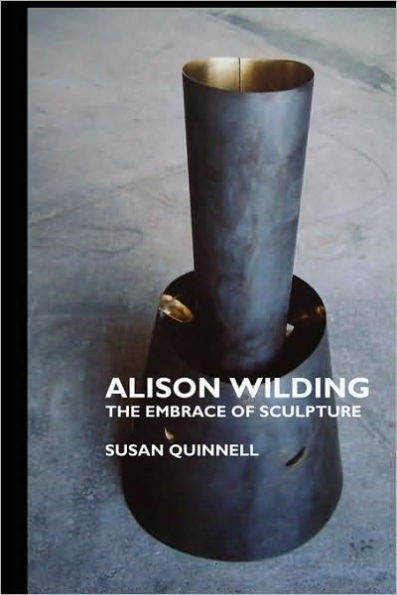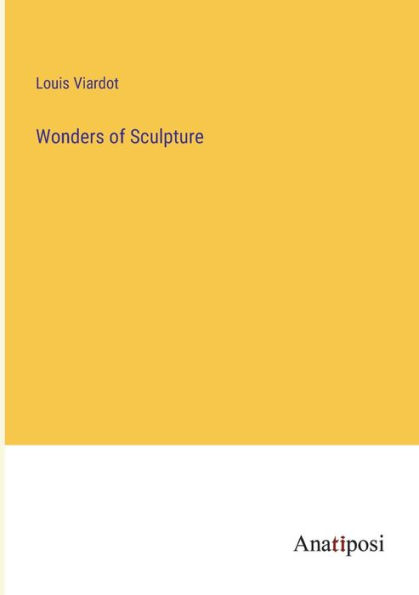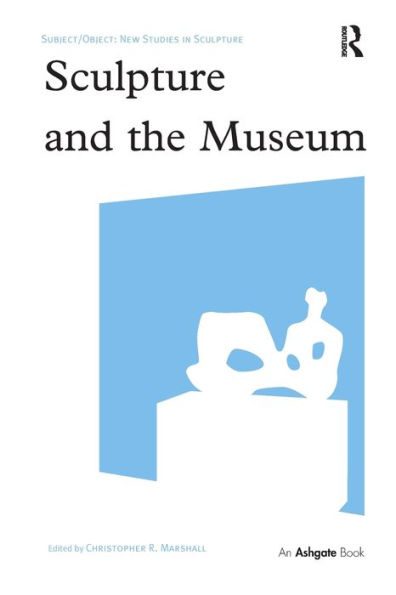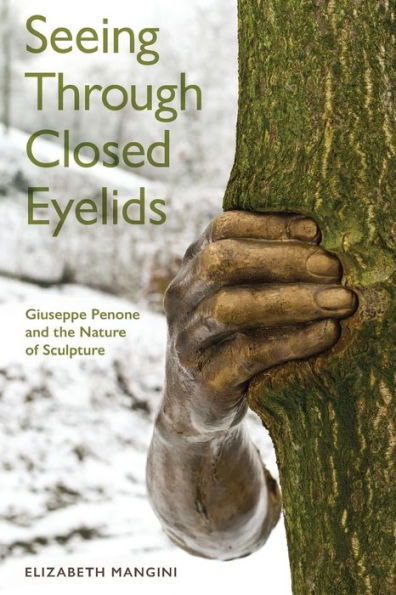Home
Alison Wilding: The Embrace of Sculpture
Loading Inventory...
Barnes and Noble
Alison Wilding: The Embrace of Sculpture
Current price: $17.99


Barnes and Noble
Alison Wilding: The Embrace of Sculpture
Current price: $17.99
Loading Inventory...
Size: OS
*Product Information may vary - to confirm product availability, pricing, and additional information please contact Barnes and Noble
Alison Wilding is one of the best sculptors around. She deserves a much wider recognition that she receives at present. Wilding was born in Blackburn, Lancashire, in 1948. She went through the typical British art school education - Ravensbourne College of Art (1967-70) and the Royal College of Art (1970-73). Her one-woman shows have included Kelttle's Yard Gallery, Cambridge (1982), the Serpentine Gallery, London (1985), Hirschl & Adler, New York (1989), Bare at Newlyn Art Gallery (1993), and a major show (Immersion and Exposure) at both the Tate Gallery, Liverpool and the Henry Moore Trust studio in Halifax (1991). She has shown new work most years since the early 1980s at her galleries.
There's something in Alison Wilding's sculpture which fascinates art lovers. It's difficult to say exactly what this quality of Wilding's sculpture is. Something 'magical', perhaps, or 'mysterious', or 'erotic'. These are the sorts of terms art critics employ when they are at a loss for words. Artists such as Mark Rothko famously get this treatment (Rothko's canvases are called 'transcendent', 'sublime', 'spiritual'). John McEwen writes of Alison Wilding:
She is pleased when her work conveys a sense of the magical, and certainly it has a powerful sense of mystery. Mysteriousness does not lend itself to description, analysis or explanation; as she herself put it to me in conversation, her pieces do not demand to be talked about. "That suggests that they do not demand to be written about either", I said. "They don't mind", she said.
Penelope Curtis writes of Wilding: 'Even the smallest of her often small sculptures has tremendous and commanding presence; there is a sense of levitation in her works.'
Fully illustrated with many examples of Wilding's work, and that of her contemporaries.


















